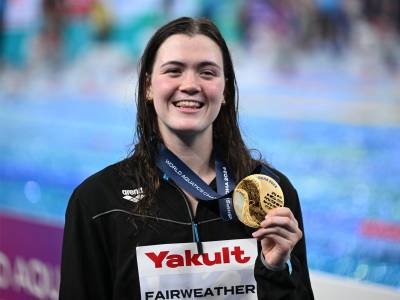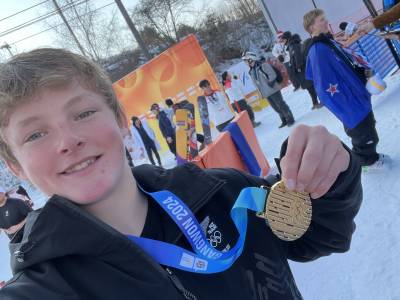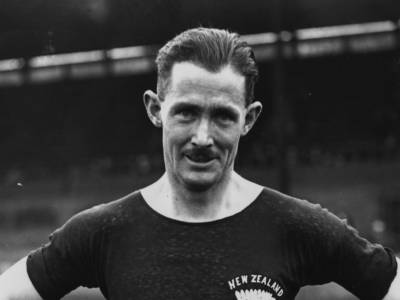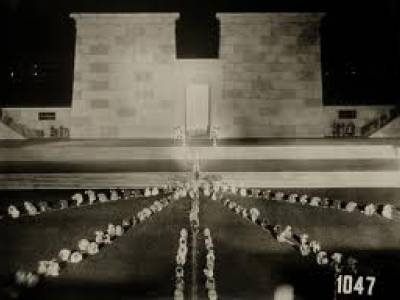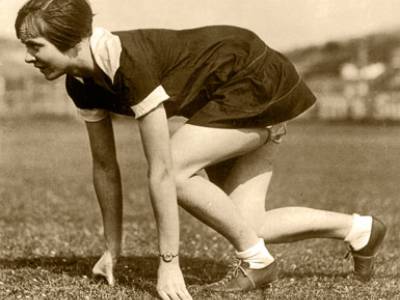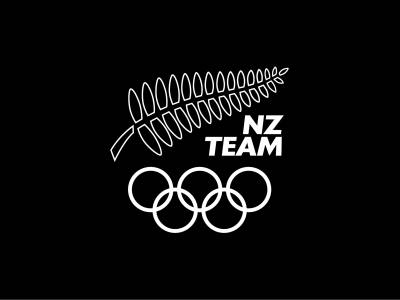All the talk in the modern era of big-time athletics about money and drugs was lost on Stan Lay.
Lay, who died in 2003, just before his 97th birthday, was at his peak between the two world wars when neither money nor drugs was a factor.
“My drug,” he once said, “was Horlix Malted Milk, which was supplied to our team in London in 1928. As for money - every time we competed, it cost us money, but we did it because we loved it.”
Lay represented New Zealand over a span of 24 years, won Empire games gold and silver medals in the javelin, and set a national record which endured 31 years. Athletics historian Peter Heidenstrom, in his book Athletes of the Century, named Lay as the best javelin thrower produced by New Zealand, followed by Mike O'Rourke and Gavin Lovegrove.
But whereas O'Rourke, a Commonwealth Games gold and silver medallist, and Lovegrove, three times a Commonwealth Games medallist, campaigned extensively overseas, Lay had to ponder deeply before committing to any travel.
“We were really amateurs. I missed many national championships because I was married and had young kids. I couldn't afford the time away from my sign-writing business.”
Lay gained selection, but had to decline trips to the 1932 Los Angeles Olympics and the 1934 London Empire Games. Even so, he had already forged a considerable reputation.
Born in New Plymouth in 1906, Lay first represented New Zealand at the Australasian championships in Brisbane in 1926, a loose-limbed 5ft 9in youngster with inordinately long arms. Shortly afterwards, officials at the national champs at Athletic Park, Wellington, were so shocked when they measured one of Lay's throws and found it was within 12cm of the world record that they refused to let him claim a national record.
Two years later he made the trip to the Amsterdam Olympics.
“I was away five months. That was an awfully long time, even for a chap like me, who wasn't married at the time.”
While in London building towards the Games, Lay won the AAA title, throwing 67.90m, which placed him second in the world rankings and stood as the Commonwealth record for 26 years and the British all-comers' record for 29 years.
The pick of the New Zealand performances at Amsterdam was boxer Ted Morgan's gold medal. If he'd been able to recapture his best form, Lay, too, would have pushed for a medal.
“I threw about 206 feet [actually 62.89m], and was seventh after the qualifying round of three throws. In those days, only the top six were entitled to a further three throws, so I missed out. These days there is a qualifying distance you have to achieve to make the final, but at Amsterdam it wasn't like that, which was unlucky for me. I was very disappointed not to make the top six after travelling all that way. The winning throw was three feet short of my London throw.”
He made amends two years later when he won the javelin gold medal in the first Empire Games held, at Hamilton, Ontario.
“In Hamilton, we were a very close-knit team of 24, half of them rowers. There were three women, all swimmers. We followed each others' results pretty closely, except the rowers, who were down at Toronto.
“There were five athletes in the team and two of them were involved in controversial incidents. On the first afternoon, Bill Savidan, our great distance runner, competed in the six miles only 45 minutes after the opening ceremony. Bill built up a very big lead and, acting on the officials' advice, thought he'd won, and stopped.
“But one of the New Zealanders watching from the stands, Ossie Johnson, raced on to the track shouting at Bill to keep running because there was another lap to go. Bill was very confused, but started running again and luckily had enough of a lead to still win handily.
“Another member of our team, Alan Elliott, was disqualified for breaking twice in his heat of the 220 yards, but the crowd made such a fuss that they let him run anyhow. Alan later posed for the statue that now stands in the Auckland Domain.”
Lay himself had to wait until the last event on the Games programme before competing, but showed he was in a class of his own in winning the javelin with 63.12m. “I threw around 207 feet and the next fellow was a good 25 feet back.”
Though he continued to dominate the local javelin throwing scene, Lay was not seen again internationally until the 1938 Empire Games, which he attended because they were close by, at Sydney.
“I got the silver medal at Sydney, and was happy about that, as I was just a foot or so behind the Canadian, James Courtwright.”
After the war, the standard of New Zealand javelin throwing was not high. Came the 1950 Empire Games at Auckland and it turned out Lay, at 43, was still New Zealand No 1.
He won nine national titles before the war and three more afterwards, with a gap between the first and last of 24 years. He was the only survivor at Auckland in 1950 from those who had competed at Hamilton 20 years earlier.
“I was more than happy with my sixth at Auckland, which was pretty good for an old man.”
His biggest concern at Auckland, he said, was not the competition, but the fact that he was chosen to take the oath on behalf of the athletes at the opening ceremony.
“I got more nervous about that than I ever did about throwing. Fortunately I got through it without forgetting my lines. I regarded it was a very great honour.”
Though he retired from athletics at about that time, Lay continued to be seen around athletics for the next half-century. He attended virtually every Commonwealth Games until Auckland in 1990, and frequently attended national championships. For 20 years he was the chief field judge at the nationals.
Having watched the way javelin throwing has gone, Lay felt it was well past the time to divide the throwing events into at least two weight categories. “Boxing is split into weight divisions; I can't see why it isn't done in throwing events as well.
“When I competed I was a reasonably big fellow, but I'd be like a dwarf out there next to some of the throwers today. I wouldn't have a chance. So the throwing events are out of reach, except for the very biggest athletes, and that seems wrong to me.
“I could throw about 65 metres. Today they are doing at least 20 metres more than that. The javelins have changed slightly, but not that much. The main thing is the size of the throwers.
“Of course, they train much harder now. I didn't really train. I played cricket - that was my training. I read the odd book on athletics, but there wasn't much around.”
With a full head of white hair, a lovely modest nature and a characteristic high-pitched chuckle, Lay was always engaging company and was as sprightly in his 97th year as many people 20 years younger.
Lay was named as an inaugural member of the New Zealand Sports Hall of Fame in 1990. In 1988 he had been awarded an MBE.
Tweet Share
Stan's Games History
-
Commonwealth Games Auckland 1950
-
Commonwealth Games Sydney 1938
- 2
-
Commonwealth Games Hamilton 1930
- 1
-
Olympic Summer Games Amsterdam 1928


